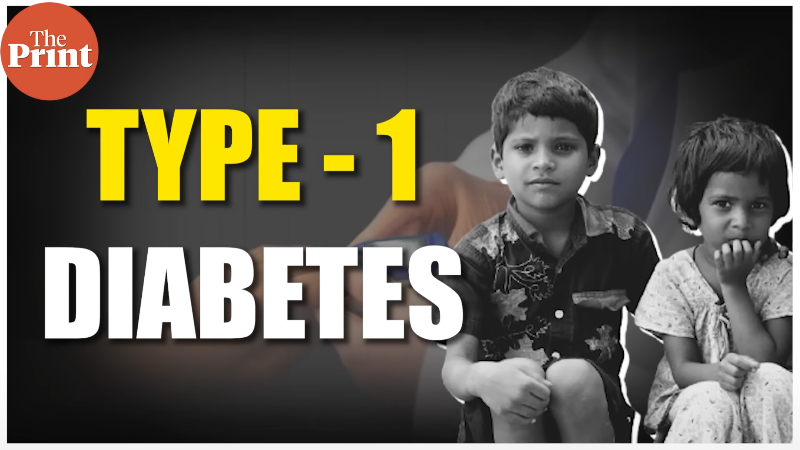by American Heart Association
Credit: American Heart Association
Short-term exposure to higher heat may increase inflammation and interfere with normal immune system functions in the body, which may in turn increase susceptibility to infections and accelerate the progression of cardiovascular disease, according to preliminary research to be presented at the American Heart Association's Epidemiology and Prevention│Lifestyle and Cardiometabolic Scientific Sessions 2024, March 18- 21, in Chicago.
Inflammation is a normal part of the body's defenses against injury or infection; however, an inflammatory response that is longstanding—lasting weeks to months—or that occurs in healthy tissues is damaging and plays a key role in the buildup of plaque in the arteries. This may lead to atherosclerosis. Heat waves are known to promote inflammation, however, studies examining air temperature and biomarkers of inflammation have had mixed results.
"Most research only considers temperature as the exposure of interest, which may not be adequate to capture a person's response to heat," said lead study author Daniel W. Riggs, Ph.D., an assistant professor of medicine in the Christina Lee Brown Envirome Institute at the University of Louisville in Louisville, Kentucky. "In our study, we used alternative measurements of heat in relation to multiple markers of inflammation and immune response in the body to investigate the short-term effects of heat exposure and produce a more complete picture of its health impact."
Participants visited study sites in Louisville during the summer months for a blood test, and researchers analyzed the blood for multiple markers of immune system function. The researchers then examined associations between the markers of immune system function and heat levels, including temperature, net effective temperature (which factors in relative humidity, air temperature and windspeed) and the Universal Thermal Climate Index (UTCI) on that day. UTCI is a thermo-physiological model developed by the International Society of Biometeorology Commission that factors in temperature, humidity, wind speed and ultraviolet radiation levels, which was used to evaluate participant's physical comfort.
The analysis found:
For every 5-degree increase in UTCI (in this study, the equivalent of going from a day with no thermal stress to a day with moderate thermal stress, Riggs said), there was an increase in the levels of key markers of inflammation: monocytes (4.2%), eosinophils (9.5%), natural killer T-cells (9.9%) and tumor necrosis factor-alpha (7.0%) in the blood. These immune molecules indicate activation of the body's innate immune system, which spurs a fast and non-specific inflammatory response throughout the body to protect against pathogens and injury.
A decrease in B-cells (-6.8%), indicating the body's adaptive immune system that remembers specific viruses and germs and creates antibodies to fight them, was lowered.
A lesser impact on the immune system was found when heat was measured by average 24-hour temperature or by net effective temperature, which incorporates humidity and wind but not sunshine.
"Our study participants only had minor exposure to high temperatures on the day of their blood test, however, even minor exposure may contribute to changes in immune markers," Riggs said. "With rising global temperatures, the association between heat exposure and a temporarily weakened response from the immune system is a concern because temperature and humidity are known to be important environmental drivers of infectious, airborne disease transmission. Thus, during the hottest days of summer people may be at higher risk of heat exposure, they may also be more vulnerable to disease or inflammation."
Adults older than age 60 and adults with existing cardiovascular disease are particularly at risk for heat-related cardiovascular events and deaths, Riggs explained. During heat waves, people can reduce their exposure by staying indoors when temperatures are highest and the sun is strongest; seeking shade; wearing light, breathable clothing; and drinking plenty of water.
"It's important for physicians to communicate with patients about the risk of adverse health effects from heat exposure. For example, cardiologists could conduct customized consultations and assessments to increase patient awareness about their susceptibility to the effects of high temperatures. Also, changes to treatment regimens may be important to consider to address other risks. For example, some medications could make people more susceptible to heat-related illness or some may not be as effective when the body is exposed to high temperatures," Riggs said.
Study details and background:
Participants included 624 adults. The average age of participants was 49.5 years; 59% of participants were women; and 77% self-identified as white race.
Data was collected in Louisville, Kentucky, from May through September of 2018 and 2019. The average 24-hour temperature on clinic visit days during the study time period was 24.5 degrees Celsius /76 degrees Fahrenheit.
Researchers examined participants' blood levels of cytokines (signaling molecules that may lead to inflammation); natural killer cells and tumor necrosis factor-alpha; monocytes (white blood cells); and B cells (white blood cells that produce antibodies to fight specific infections).
Heat data, collected on the same day that participants' blood was drawn, included 24-hour averages of temperature, net effective temperature and UTCI.
Researchers analyzed the associations between increasing heat metrics and changes in immune system measures. The results were adjusted for several individual factors, including the participants' age, current tobacco use and years of education.
The study's main limitation is that it includes participants' blood test for one single point in time. Additionally, the researchers did not know how long individuals were exposed to outdoor heat stress before their blood was drawn. Future research will include a study design to observe changes over a period of time and possibly to examine the ability of green spaces like parks to reduce the harmful effects of high temperatures on inflammation in the body.
Provided by American Heart Association







Post comments